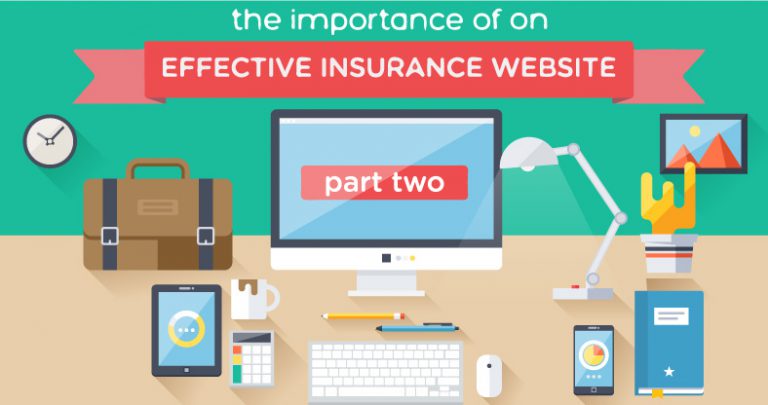
Updated April 29, 2020
In part 1 of this series on the importance of effective insurance marketing, we’d talked about a number of critical reasons why building a new website is essential in today’s digital communication world, as well as some examples of proven techniques on getting a site that truly delivers.
Insurance Marketing Should Include SEO and Social Media Marketing
Today we’ll be talking about the next steps after you get a website up and running: Social media marketing and SEO are also part of this equation, and are required if you want to be successful online — they can take your website and spread it to a much wider audience than what you may currently have.
I’m going to go into more detail about just how much of an impact these two factors can have on your website’s success and how you can best take advantage of them.
Connecting with Social Media

With each passing year, social media is increasingly driving traffic to websites. According to a study by Forrester Research in 2013, half of all Internet users ages 18 to 23, and 43% of users ages 24 to 32, used social platforms to find their way to a website – the future customer base for an agency. Moreover, overall social networks like Facebook and Twitter are the preferred means of discovery for nearly a third of all Americans, up from 18% in 2010. In 2017, Facebook is still the most popular social network, but Instagram has usurped the second-place spot. What hasn’t changed is just how important social media is for potential customers – if anything, it’s now even more important. 95% of users between the ages of 18 and 34 are likely to follow a brand on its social media accounts, and 71% of users who had a positive reaction to a company’s social media are likely to recommend it to others. With 2.8 billion active social media users worldwide as of January 2017, that’s a huge pool of potential new customers.
When it comes to social media, the most important thing to remember is that each platform is distinct, and each brief should be tailored to best fit the individual platform’s requirements and user base. On Twitter, for example, the character limit requires that your post be short and to-the-point, whereas people looking on LinkedIn tend to be looking for more detailed information about your professional services. Overall, posts with photos tend to perform better than those without – tweets with images have an 18% higher click rate than those without, 98% of posts with images receive more comments on LinkedIn than those without, and across the board visual content is over 40 times more likely to be shared on social media than other types. So in addition to creating written content, look into creating branded images or infographics to reach out to your audience.
Understanding SEO Metrics
Once you’ve designed your website, you need to have a way to determine whether what you’re doing is working. This is where SEO metrics come into play. As you’ve seen on the above chart, there are a number of metrics that one can use to determine how effective your digital marketing efforts have been, and it’s important to understand how to use a wide variety of metrics so you can get the most accurate sense of how your site is performing. On the chart, you can see that the factor with the greatest impact is domain-level link authority features, which refers to how many sites are linking back to your site and how trustworthy these sites have been deemed (by factors such as age, quality, and size). Other page-level features also make up a large percentage of SEO metrics, with algorithms that determine how much authority your site has and how trustworthy it is.
If your site is though WordPress or other similar services, you likely will have access to some SEO plugins that will give you an estimate of how effectively designed your site is. You can also run your URL through the Page Rank checker or Trust Rank checker to get a reading on your site’s authority. Google also offers a number of services for you to check on your site’s performance, which you should absolutely take advantage of. No matter what you do with your site, you should be frequently checking it to make sure that what you’re doing is effective, especially if Google is changing its algorithm. With such a large percentage of the population looking for sites on search engines, you don’t want to automatically eliminate that potential customer base just because you were careless.
About Neilson Marketing Services
Since 1988, Neilson Marketing Services has been implementing innovative marketing solutions and strategies for our clients in all areas of marketing. Contact us today at (800) 736-9741, to put our talent, expertise, and vast resources to work for you. Let’s make things happen, together!


